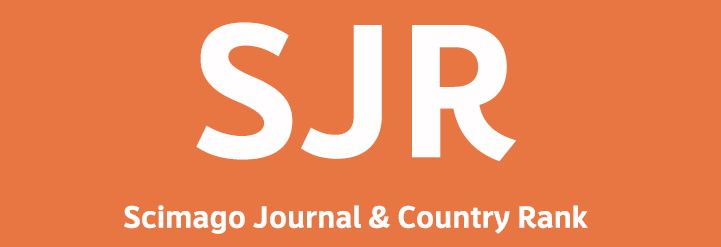Carbon Bed Interflow Performance Prediction Using Variable Hypothetic Pressure Wave Cycles Model
DOI:
https://doi.org/10.29017/SCOG.32.2.841Keywords:
carbon bed interflow-pressure wave cyclesAbstract
The nature of low productivity of CBM well experiences represent low interflow performace over matrix and fractures in coal bed. Therefore, to increase CBM well production rate, it is necessary to improve the interflow performace. An approach to improve the interflow performance is to find out the possibility of increasing gas flowrate in carbon bed taken into account factors dominantly effect on the performance. For this purposes, Variable Pressure Wave Cycles Hypothetical Model has been developed based on Pressure-Swing adsorption - desorption (PSA) technique commonly applies in natural gas separation using carbon active bed. Preliminary simulation of the model has been carried out using data related to carbon bed taken from previous studies. Variables in the simulation are kinetic constant and hypothetic pressure waves generated which is required to increase gas flow rate in the bed. The simulation results demonstrate the possibility of interflow performance improvement in carbon bed. However, this improvement is asymptotically limited to maximum amount of gas desorbed from carbon bed as well as Langmuir Isotherm pattern application for gas desorption from coal. Moreover, the simulation of the model shows the sensitivity of gas interflow performance to hypothetical pressure waves generated and kinetics controlling adsorption/desorption mechanism and mass transport in carbon bed.
References
Aminian, K., “Evaluation of Coalbed Methane
Reservoirsâ€, Petroleum & Natural Gas Engineering
Department West Virginia University.
Brunauer, S., “The Adsorption Of Gases And
Vaporsâ€, Oxford University Press, Oxford, 1942.
Budyanto, S. et al., “Studies of Adsorption Equilibria
and Kinetics of Amoxicillin from Simulated
Wastewater using Activated Carbon and Natural
Bentoniteâ€, Journal Of Environmental Protection
Science (2008), Vol. 2, pp. 72 – 80.
Matranga K.R., et al. â€Storage Of Natural Gas
By Adsorption On Activated Carbonâ€,
Chemical Engineering Science,47(7):15691579,1992.
McDougall G.J., “The Physical Nature And
Manufacture Of Activated Carbonâ€, J. S. Afr.
Inst. Min. Metal., vol. 91, no. 4.Apr. 1991. pp.
-120.
Lavanchi A. et al., “ Variable Pressure Adsorption
And Desorption By Active Carbon Beds
Under PSA Conditions: A Comparison Of Models
With Experimental Data “,Pure & App .
Chern.,Vol. 65, No. 10, pp. 2175-2179, 1993.
Hasller, J.W., “Active Carbonâ€, Chemical Publishing
Co., Inc., New York., 1951.
Stevens, S. H. et al. “Unconventional Natural
Gas in the United States: Production, Reserves,
and Resource Potential (1991-1997)â€, California
Energy Commission, 1998.
Yang, R.T., “Adsorbents: Fundamentals And Applicationsâ€,
Willey Interscience, New Jersey,
http://www.fekete.com/software/cbm/media/
webhelp/c-te-concepts.htm
Downloads
Issue
Section
License
Copyright (c) 1970 SCIENTIFIC CONTRIBUTIONS OIL AND GAS (SCOG)

This work is licensed under a Creative Commons Attribution 4.0 International License.
Authors are free to Share — copy and redistribute the material in any medium or format for any purpose, even commercially Adapt — remix, transform, and build upon the material for any purpose, even commercially.
The licensor cannot revoke these freedoms as long as you follow the license terms, under the following terms Attribution — You must give appropriate credit , provide a link to the license, and indicate if changes were made . You may do so in any reasonable manner, but not in any way that suggests the licensor endorses you or your use.
No additional restrictions — You may not apply legal terms or technological measures that legally restrict others from doing anything the license permits.














